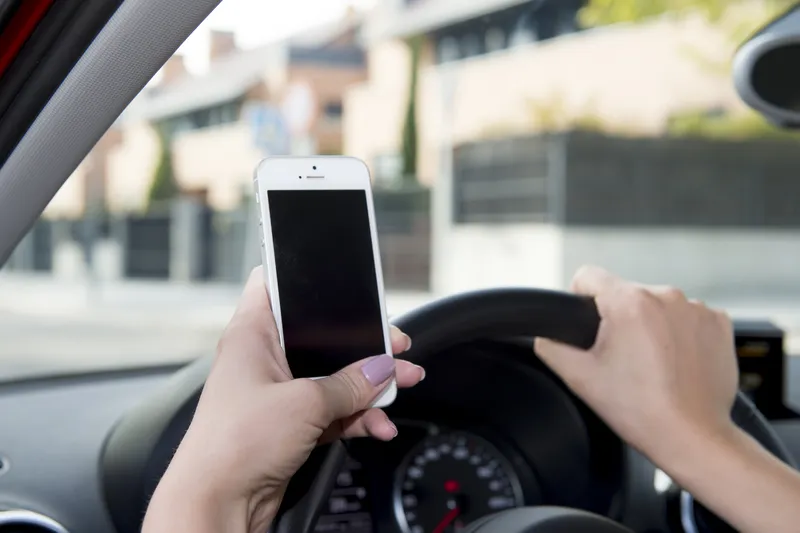Auckland Transport, New Zealand, has launched a new campaign highlighting the high numbers driving while using their phones. In Auckland between 2009 and 2013, there were 5 fatalities as a result of drivers being distracted.
The “Oi! Mind on the road, not the phone” campaign targets 16 to 39 year olds and includes a cinema ad plus radio and digital advertising.
Research by Auckland Transport shows 30 per cent of those who make calls have their phone up to their ear and 70 per cent of those who make ca
April 15, 2015
Read time: 2 mins
Auckland Transport, New Zealand, has launched a new campaign highlighting the high numbers driving while using their phones. In Auckland between 2009 and 2013, there were 5 fatalities as a result of drivers being distracted.
The “Oi! Mind on the road, not the phone” campaign targets 16 to 39 year olds and includes a cinema ad plus radio and digital advertising.
Research by Auckland Transport shows 30 per cent of those who make calls have their phone up to their ear and 70 per cent of those who make calls do it when the car is actually moving. It was also found that 70 per cent use apps for travel information while driving.
Karen Hay, manager Community and Road Safety says, “The numbers are probably under-reported, this could be a much bigger problem.”
She says 60 per cent of the crashes are rear-end collisions, “This is obviously drivers taking their eyes off the road.”
Rob Pitney, Auckland Transport’s manager Campaigns and Customer Insights, says people of all ages are using their phones behind the wheel and a third of all distraction-related crashes involve drivers in their twenties.
“We’ve discovered two-thirds of people in this group are texting, using apps and social media, doing emails and making calls while driving,” he says. “They’re the target of the ‘Oi!’ campaign; we want to raise awareness of the very real dangers of using mobile phones while driving and to introduce a gentle ‘nudge’ that will enable passengers to encourage drivers to leave their phone alone. Our focus is on driving smartly, sensibly – focussing on the driving and not the smart phone.”
The “Oi! Mind on the road, not the phone” campaign targets 16 to 39 year olds and includes a cinema ad plus radio and digital advertising.
Research by Auckland Transport shows 30 per cent of those who make calls have their phone up to their ear and 70 per cent of those who make calls do it when the car is actually moving. It was also found that 70 per cent use apps for travel information while driving.
Karen Hay, manager Community and Road Safety says, “The numbers are probably under-reported, this could be a much bigger problem.”
She says 60 per cent of the crashes are rear-end collisions, “This is obviously drivers taking their eyes off the road.”
Rob Pitney, Auckland Transport’s manager Campaigns and Customer Insights, says people of all ages are using their phones behind the wheel and a third of all distraction-related crashes involve drivers in their twenties.
“We’ve discovered two-thirds of people in this group are texting, using apps and social media, doing emails and making calls while driving,” he says. “They’re the target of the ‘Oi!’ campaign; we want to raise awareness of the very real dangers of using mobile phones while driving and to introduce a gentle ‘nudge’ that will enable passengers to encourage drivers to leave their phone alone. Our focus is on driving smartly, sensibly – focussing on the driving and not the smart phone.”








